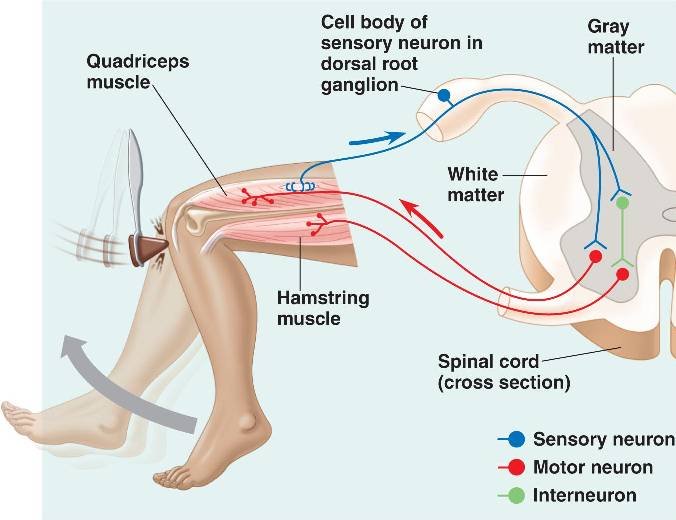Active & Passive Movements
We have a tendency to move actively. Active movements demand your attention, it’s usually a bit delayed and less accurate.
If your movement is passive, your reaction could be quicker, more accurate – you can flow more smoothly with your surroundings.
There are more aspects according to which we can recognise active and passive movement:
- according to force;
- according to attention;
- relative to another object.

According to Force
The first aspect is about a force which is moving with your body:
1. Passive movement is made by an external force:
– he forces of another person;
– gravitational force;
– force on transport etc.
2. Active movement is made by internal forces:
– muscles, tendons & fascias;
– the potential of gravitational force
According to Attention
The second aspect is about your attention:
- The active movement needs your attention.
- The passive movement doesn’t need your attention.
There are more ways that your attention can be involved:
- Conscious – aware action (e.g. when you try to do a new movement). Your mind makes a plan of movement and gives a signal to the body to do it.
- Subconscious action (usually a movement that has already been repeated many times e.g. (change gear in the car, tie the shoelaces etc.). Your mind is prepared for a circuit, which doesn’t need your full attention.
- Conditioned reaction (the one you have to learn). The stimulus we are reacting to could be: visual, tactile, kinetic, audible, olfactory or gustatory. The information can be managed by following arcs:
- via the neocortex (stay, catch the ball, block the punch, move away in a specific way)
- via the limbic brain
- via the reptilian brain (move away from a flying object, etc)
- Unconditioned response
- instinct – a complex of unconditioned responses (freeze, fight or flight)
- reflex arc (you are born with) – via the spinal cord (knee jerk)
- Actively stop to keep tension (holding a weight, or holding your body on the bar etc.)
- Actively flow with. Using a focused awareness – movements are planned, delayed and broken.
- Passively flow with. Using an expanded awareness – in the present.
- Specific kind of tension (relax, solid tension, elastic tension, plastic tension, flowing up etc.)
- You can proactively prepare a path for kinetic energy
- Passively stop – e.g. you lose consciousness and you stop keeping a necessary tension to stay put – you fell down
- Pure passive – your body was moved just by the external force

Relatively to an Another Object
We can recognise active and passive movements relative to another moving object.
- Passively don’t move with an object.
- Actively don’t move with an object.
- Actively try to move with an object (focus awareness) – movement is delayed and broken.
- Passively move with – movement flows smoothly with an object.
- Add active movement to passive movement. This is an efficient way to move smoothly and actively
How to Train Passive Movements?
Firstly, your body should be relaxed. You should keep just enough necessary tension to keep your structure – get rid of undesirable tension. The bodywave doesn’t flow so smoothly via a stiff body. A relaxed body is also more sensitive.
Try to empty your mind. Try to keep a specific kind of feeling, don’t manage the movement with a focused awareness to try to guess how the move will continue – you would be wrong. If you make your mind busy, you will have a tendency to do it subconsciously. Read more on the blog: ‘Movement in expanded and focused awareness’.
This blog is just a map of active/passive movement.
If you want to learn more about this aspect, I collected and developed many exercises, which lead you to be aware and work with this crucial aspect of movements. Just join my workshop (ask me if you are interested).
The internal channel for power
Accept or Resist
Head & Heart
Focused & Expanded Awareness /Attention

